More than 18,000 Californians have been born since President Trump signed his executive order to end birthright citizenship last month — among them, about 9,000 children of immigrants.
Yet, when the American Civil Liberties Union sued to stop the Jan. 20 order, it didn’t file in San Francisco, where its lawyers are based and where half of all children have an immigrant parent.
Instead, the lawsuit was filed in Concord, N.H., where under 5% of residents are foreign-born.
A similar suit brought by California officials in coalition with 17 other states likewise sidestepped the federal court in San Francisco, preferring instead to file in Boston.
Experts say the filings reflect a seismic shift in the U.S. appellate courts. The 9th Circuit, once the left flank of the federal appellate system and the president’s self-proclaimed adversary, is no longer a bastion of legal resistance.
Read more: A mom was convicted of murder after her abuser killed their baby. Now she could be freed
The shift is in large part due to the president’s first-term efforts to remake a court whose rulings he once blasted as “disgraceful.” Trump appointed 10 of the court’s 29 active justices, transforming a bench derided by conservatives as the “9th Circus” or the “Nutty 9th” into something of an afterthought in the national political conversation.
“It used to be the 9th Circuit where Democrats were bringing these challenges,” said professor Allison Orr Larsen of William & Mary Law School. “That has changed.”
Of the more than 30 suits filed against the new Trump administration, just two have been brought in district courts west of the Mississippi. Neither is likely to advance to the 9th Circuit, which covers nine states, two territories, and almost 20% of the U.S. population.
The opposite was true eight years ago, when the country’s busiest circuit and its bustling district courts strained under the weight of opposition to the Trump administration’s rules.
Trump “would constantly complain during his first term about the radical 9th Circuit that was out of control,” said professor Carl Tobias of the University of Richmond, an expert in federal judicial selection.
Even now, federal courts in California remain some of the most attractive for progressives — particularly the Northern District, where all of the robes were filled by Democratic presidents.
“There’s a vast ideological difference between those that [former Presidents] Obama or Biden put on the bench compared to who Trump put on the bench,” said Erwin Chemerinsky, dean of the UC Berkeley School of Law and an expert on federal civil procedure. “No one should assume the 9th Circuit is a liberal court.”
The circuit is now one of the most politically balanced in the federal appellate system, with 16 judges appointed by Democrats and 13 by Republicans.
That alone makes it less attractive to ideologically driven plaintiffs, experts said.

The 9th Circuit, based in San Francisco, is no longer the appeals court of choice for liberal legal challenges, due in large part to Trump’s first-term appointment of more conservative judges. (Jeff Chiu / Associated Press)
Judges often bristle at the suggestion that their offices are political, or that their rulings reflect the will of the president who selected them. But legal experts saw Biden’s appointments to the 9th Circuit Court as more moderate than the appointees they replaced, while many of Trump’s were stringently conservative, making the particular panel that hears a case matter more.
Yet even with all of the new judges, it’s uniquely hard to predict who might hear a given case.
“There’s an element of randomness to it,” said professor David Owen of UC Law San Francisco. “It’s possible you could file in the 9th Circuit and get three Trump-appointed judges.”
As the court’s leanings have changed, more challenges are coming from out East.
Read more: How Beverly Hills became an unlikely battleground for the future of abortion rights
A ruling in Maryland this week could push the birthright citizenship question to the mid-Atlantic 4th Circuit. PFLAG’s case on behalf of transgender children would also advance there. Challenges to Trump’s directive against DEI, or diversity, equity and inclusion programs, seem likely to move ahead in the D.C. Circuit, while a fight over housing for transgender prisoners could escalate in New England’s 1st Circuit.
“Everybody is trying to litigate strategically,” Owen said. “You’re going to see a bit more of a push towards the 1st Circuit, and maybe towards the D.C. Circuit,” as those courts remain more liberal.
Larson and Tobias agreed.
“The 4th is another place where this will happen,” Tobias said. “They’ll go to Maryland, which has more liberal judges.”
So-called forum shopping is nothing new. But it has grown more popular in recent years as presidents lean on executive actions to get around legislative gridlock, experts say.
Fights over immigrant protections and transgender rights now increasingly go to the 4th, the 1st or D.C. circuit courts. Challenges to gun control laws or abortion medication now show up in the right-leaning 5th Circuit, which covers Texas, Louisiana and Mississippi and helped advance the case that led the Supreme Court to overturn Roe vs. Wade.
Many decry the practice of identifying justices with the administration that installed them, saying it erodes trust in the judicial system.
But “presidents increasingly work very, very hard” to pick judges who adhere to party lines on key issues, Owen said.
To be sure, Republican appointees have also ruled against the Trump administration. U.S. District Judge John Coughenour, a Seattle appointee of President Reagan, was the first to temporarily block the birthright citizenship order following a suit brought by the attorneys general of Washington, Oregon, Arizona and Illinois. On Wednesday, U.S. District Judge Deborah Boardman, a Biden appointee in Greenbelt, Md., enjoined the same order permanently.
“Some of those executive orders are so blatantly unconstitutional, one would expect any judge of any ideology to rule against them,” Chemerinsky said. “But there’s also lots of cases where it’s more uncertain.”
In those cases, the 9th Circuit may no longer be the forum of choice. But its sheer size and location ensures it will remain relevant, experts said.
Read more: Trump’s order seeking to end birthright citizenship put on hold by second federal judge
“We’ll still see a lot of cases,” Chemerinsky said, noting that the West’s liberal attorneys general are likely to file challenges in their home states.
On regional matters, too, the 9th Circuit Court holds huge sway. That’s one of the reasons every Congress since 1989 has introduced bills to split it into two or more smaller circuits.
“They’re just drowning in cases,” Tobias said of the 9th Circuit. “They’re constantly underwater.”
Larson agreed.
“There’s a lot of merit to it,” the appellate expert said of dividing up the 9th Circuit. “It’s just very difficult figuring out how.”
An October report from the Congressional Research Service analyzed those efforts and concluded they are likely logistically impossible, since the majority of the court’s caseload comes from California, which cannot be split.
“I’ve looked at this issue very carefully a number of times over the years, and I don’t think there’s merit,” Chemerinsky said. “There’s much less impetus to break up the 9th Circuit than there was when it was perceived to be very liberal.”
The sheer volume of “shock and awe” legal action from the White House means new challenges are likely to appear in the territories of the 9th Circuit, even if few have emerged here so far.
“It’s full steam ahead right now,” Owen said. “I would expect it continues at this pace until Trump gets bored.”
Sign up for Essential California for news, features and recommendations from the L.A. Times and beyond in your inbox six days a week.
This story originally appeared in Los Angeles Times.
#Legal #challenges #White #House #moving #east

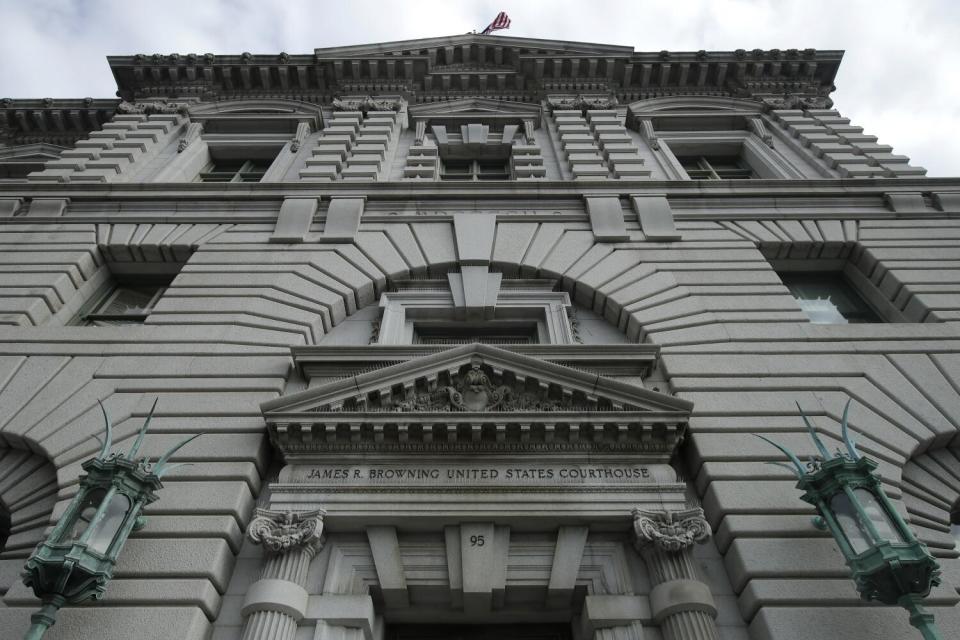

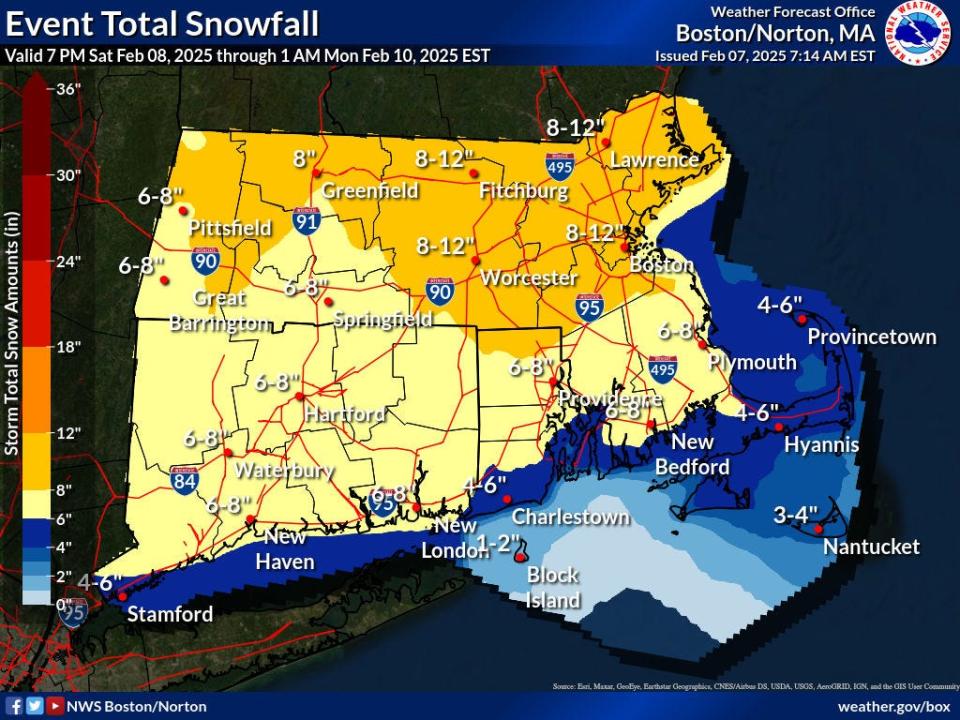

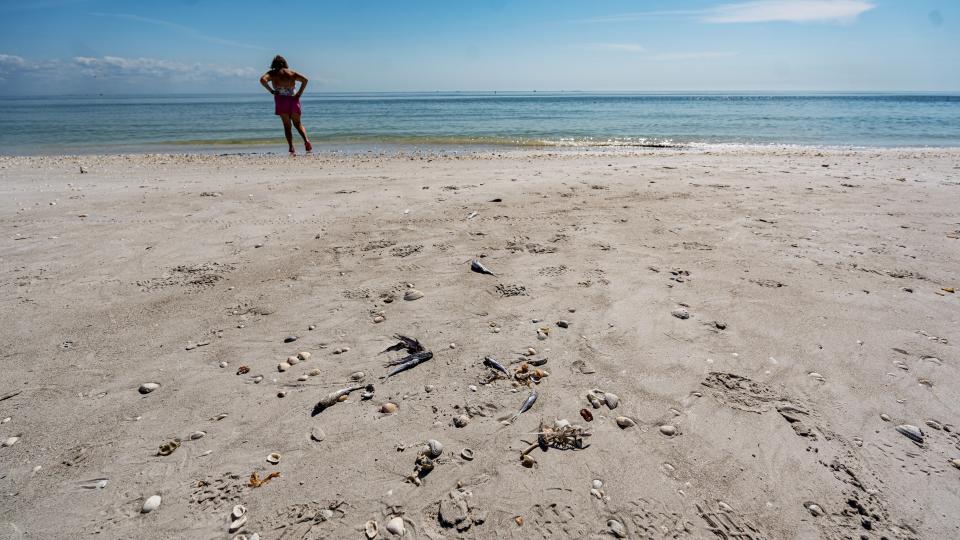

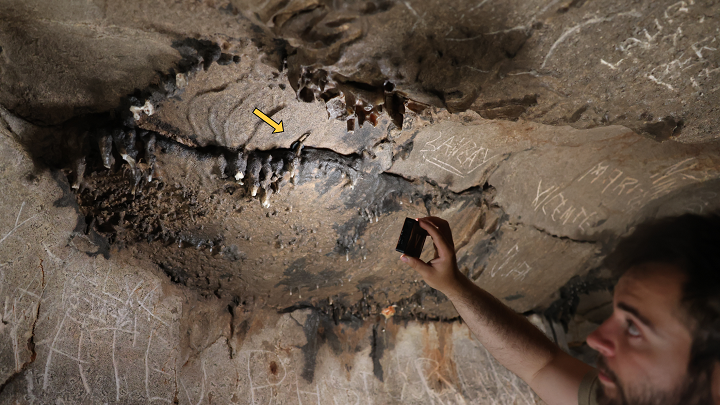

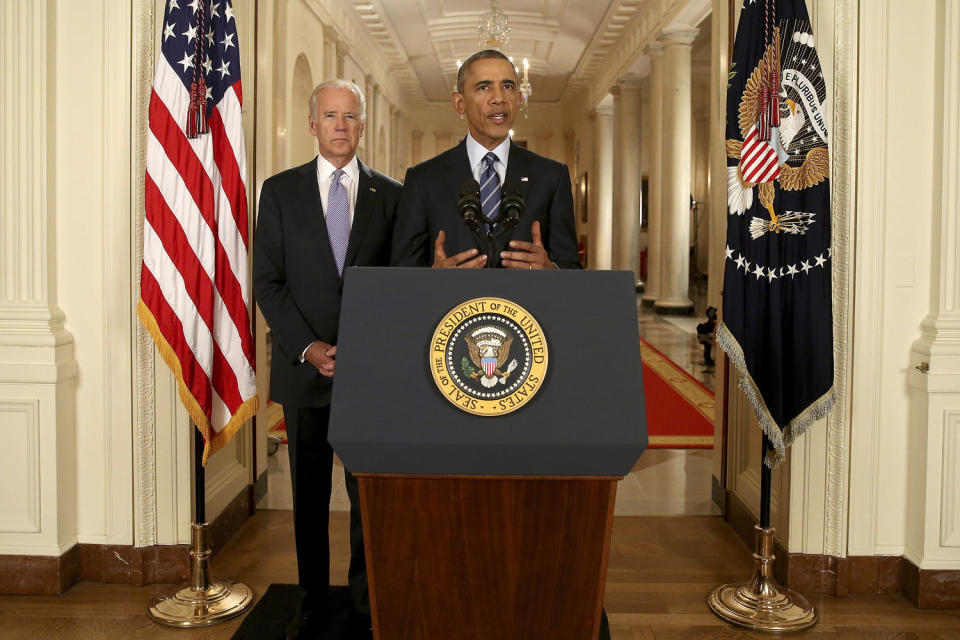


Leave a Reply